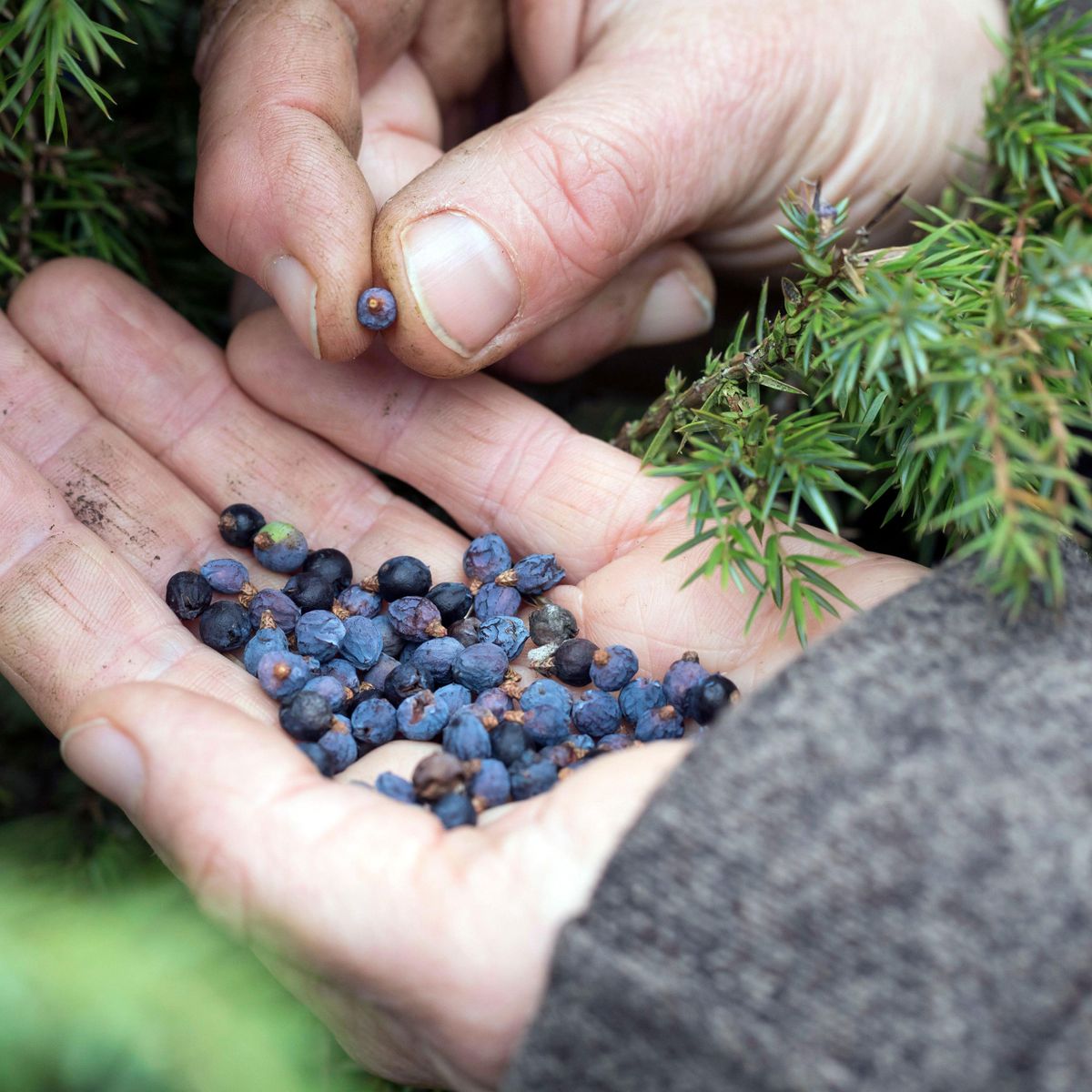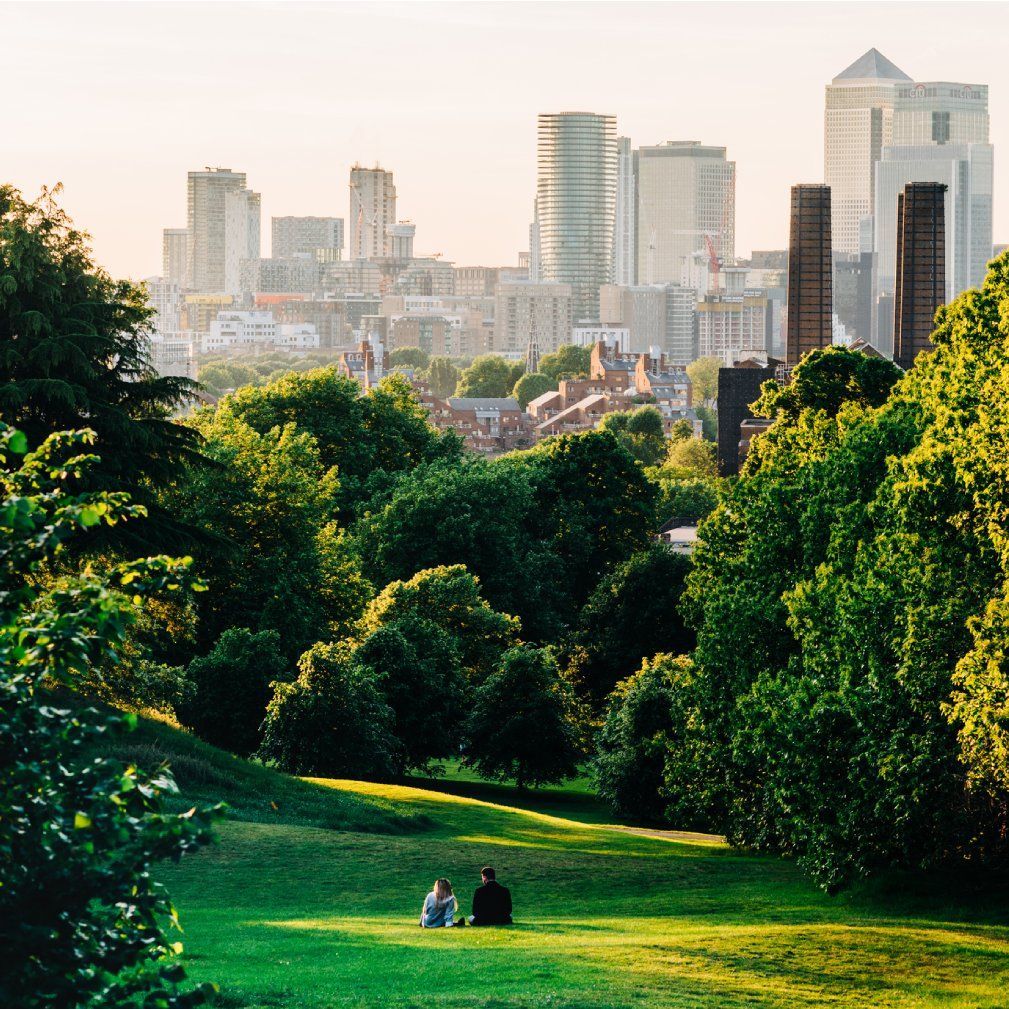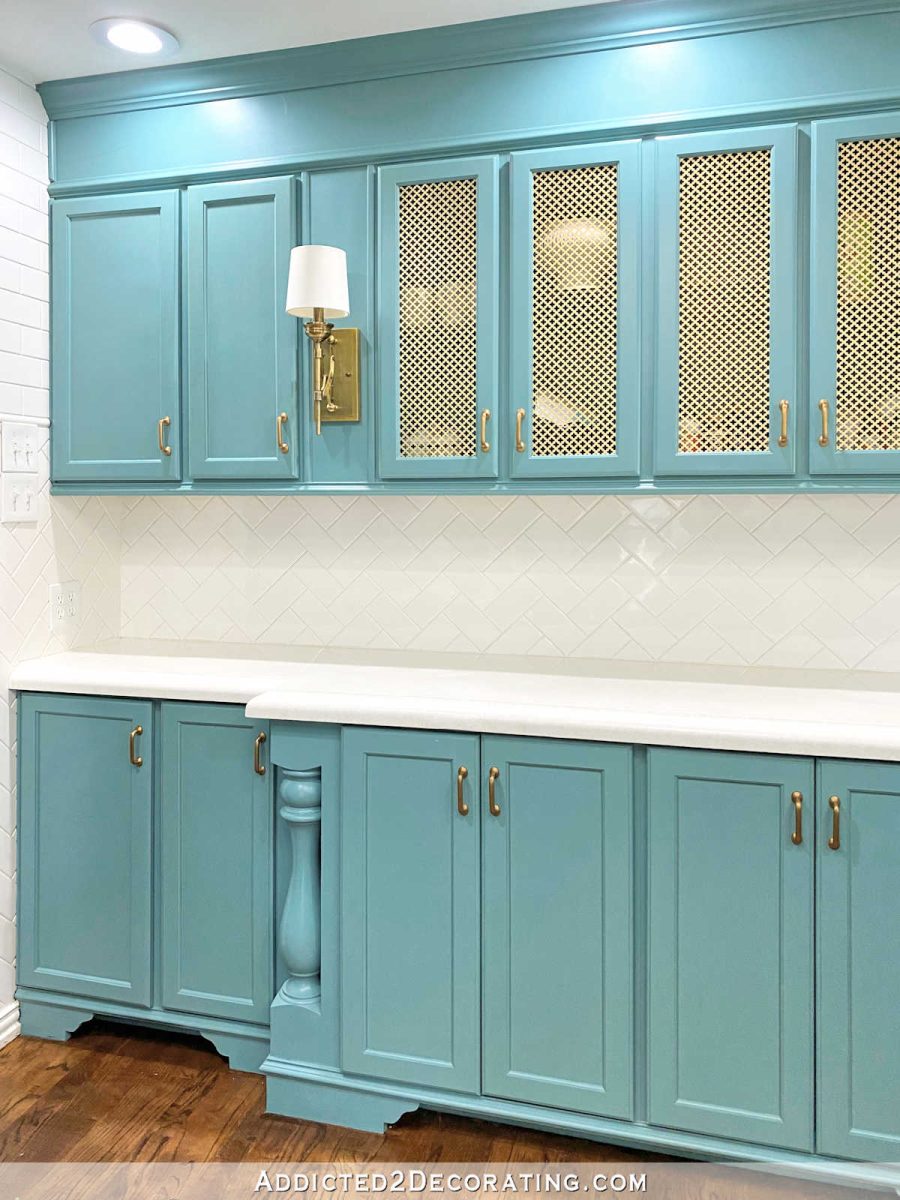Narrow strap-shaped green leaves grow basally, appearing mid to late winter prior to flowers. Small, bell-shaped, blue to purple flowers are arranged tightly along a raceme, appearing a bit like a bunch of grapes. Some varieties have white flowers. Excellent underplanting for other bulbs, especially tulips. Blue flowers team well with ‘Apricot Beauty’ Tulips.
Google Plant Images: click here!
Characteristics
Cultivar: n/a
Family: Liliaceae
Size: Height: 0.67 ft. to 2 ft.
Width: 0 ft. to 0 ft.
Plant Category: bulbous plants, perennials,
Plant Characteristics:
Foliage Characteristics:
Flower Characteristics: showy,
Flower Color: blues, purples, whites,
Tolerances: rabbits, slope, wind,
Requirements
Bloomtime Range: Early Spring to Mid Spring
USDA Hardiness Zone: 4 to 8
AHS Heat Zone: Not defined for this plant
Light Range: Part Shade to Full Sun
pH Range: 4.5 to 7.5
Soil Range: Some Sand to Some Clay
Water Range: Normal to Moist
Plant Care
 Fertilizing
Fertilizing
How-to : Fertilization for Annuals and Perennials
Annuals and perennials may be fertilized using: 1.water-soluble, quick release fertilizers; 2. temperature controlled slow-release fertilizers; or 3. organic fertilizers such as fish emulsion. Water soluble fertilizers are generally used every two weeks during the growing season or per label instructions. Controlled, slow-release fertilizers are worked into the soil ususally only once during the growing season or per label directions. For organic fertilizers such as fish emulsion, follow label directions as they may vary per product.
 Light
Light
Conditions : Full to Partial Sun
Full sunlight is needed for many plants to assume their full potential. Many of these plants will do fine with a little less sunlight, although they may not flower as heavily or their foliage as vibrant. Areas on the southern and western sides of buildings usually are the sunniest. The only exception is when houses or buildings are so close together, shadows are cast from neighboring properties. Full sun usually means 6 or more hours of direct unobstructed sunlight on a sunny day. Partial sun receives less than 6 hours of sun, but more than 3 hours. Plants able to take full sun in some climates may only be able to tolerate part sun in other climates. Know the culture of the plant before you buy and plant it!
 Watering
Watering
Conditions : Normal Watering for Outdoor Plants
Normal watering means that soil should be kept evenly moist and watered regularly, as conditions require. Most plants like 1 inch of water a week during the growing season, but take care not to over water. The first two years after a plant is installed, regular watering is important for establishment. The first year is critical. It is better to water once a week and water deeply, than to water frequently for a few minutes.
 Planting
Planting
How-to : Preparing Garden Beds
Use a soil testing kit to determine the acidity or alkalinity of the soil before beginning any garden bed preparation. This will help you determine which plants are best suited for your site. Check soil drainage and correct drainage where standing water remains. Clear weeds and debris from planting areas and continue to remove weeds as soon as they come up.
A week to 10 days before planting, add 2 to 4 inches of aged manure or compost and work into the planting site to improve fertility and increase water retention and drainage. If soil composition is weak, a layer of topsoil should be considered as well. No matter if your soil is sand or clay, it can be improved by adding the same thing: organic matter. The more, the better; work deep into the soil. Prepare beds to an 18 inch deep for perennials. This will seem like a tremendous amount of work now, but will greatly pay off later. Besides, this is not something that is easily done later, once plants have been established.
How-to : Planting Bulbs
Plant bulbs at a depth that is three times their height, and at least 1-1/2 bulb-widths apart. Work a little bone meal fertilizer into the bottom of your hole, and then place the bulb upright in the hole. The more pointed end is almost always the top. If you have trouble telling which is the top, look for evidence of where a stem or roots were last year. If in doubt, plant them sideways. Fill in with soil gently, making sure there are no rocks or clods that would impede the bulb’s stem. When planting a great number of bulbs, dig out an area to the specified depth, place bulbs and replace soil. This ensures that ground has been properly prepared and bulbs are evenly spaced.
Plant bulbs in natural drifts rather that formal rows: bulbs can fail or be eaten, leaving holes in a formal arrangement, or will shift with freezing and thawing. If you have trouble with gophers or squirrels eating your bulbs, try sprinkling red pepper in the holes, covering the bulbs with chicken-wire, surround bulbs with sharp shards of gravel or other substance, or planting rodent-repelling bulbs like Fritillaria nearby.
How-to : Preparing Containers
Containers are excellent when used as an ornamental feature, a planting option when there is little or no soil to plant in, or for plants that require a soil type not found in the garden or when soil drainage in the garden is inferior. If growing more than one plant in a container, make sure that all have similar cultural requirements. Choose a container that is deep and large enough to allow root development and growth as well as proportional balance between the fully developed plant and the container. Plant large containers in the place you intend them to stay. All containers should have drainage holes. A mesh screen, broken clay pot pieces(crock) or a paper coffee filter placed over the hole will keep soil from washing out. The potting soil you select should be an appropriate mix for the plants you have chosen. Quality soils (or soil-less medias) absorb moisture readily and evenly when wet. If water runs off soil upon initial wetting, this is an indicator that your soil may not be as good as you think.
Prior to filling a container with soil, wet potting soil in the bag or place in a tub or wheelbarrow so that it is evenly moist. Fill container about halfway full or to a level that will allow plants, when planted, to be just below the rim of the pot. Rootballs should be level with soil line when project is complete. Water well.
How-to : Planting Perennials
Determine appropriate perennials for your garden by considering sun and shade through the day, exposure, water requirements, climate, soil makeup, seasonal color desired, and position of other garden plants and trees.
The best times to plant are spring and fall, when soil is workable and out of danger of frost. Fall plantings have the advantage that roots can develop and not have to compete with developing top growth as in the spring. Spring is more desirable for perennials that dislike wet conditions or for colder areas, allowing full establishment before first winter. Planting in summer or winter is not advisable for most plants, unless planting a more established sized plant.
To plant container-grown plants: Prepare planting holes with appropriate depth and space between. Water the plant thoroughly and let the excess water drain before carefully removing from the container. Carefully loosen the root ball and place the plant in the hole, working soil around the roots as you fill. If the plant is extremely root bound, separate roots with fingers. A few slits made with a pocket knife are okay, but should be kept to a minimum. Continue filling in soil and water thoroughly, protecting from direct sun until stable.
To plant bare-root plants: Plant as soon as possible after purchase. Prepare suitable planting holes, spread roots and work soil among roots as you fill in. Water well and protect from direct sun until stable.
To plant seedlings: A number of perennials produce self-sown seedlings that can be transplanted. You may also start your own seedling bed for transplanting. Prepare suitable planting holes, spacing appropriately for plant development. Gently lift the seedling and as much surrounding soil as possible with your garden trowel, and replant it immediately, firming soil with fingertips and water well. Shade from direct sun and water regularly until stable.
 Problems
Problems
Miscellaneous
Conditions : Rabbit Tolerant
As cute as they are, rabbits can really damage a vegetable garden. Young, tender lettuce plants seem to be their favorite. If a free-roaming dog is not a possibility for you, consider installing raised vegetable beds and covering tender shoots with netting. If you have ample room, you can opt to plant enough for you and the bunnies. Scents don’t always repel animals, as they get used to them and are often washed off in the rain.
Conditions : Slope Tolerant
Slope tolerant plants are those that have a fibrous root system and are often plants that prefer good soil drainage. These plants assist in erosion control by stabilizing/holding the soil on slopes intact.
Conditions : Wind Tolerant
Plants that are wind tolerant usually have flexible, strong branches that are not brittle. Wind tolerant plants often have thick or waxy leaves that control moisture loss from whipping winds. Native plants are often the best adapted to not only wind, but also soil and other climatic conditions.
Glossary : Border Plant
A border plant is one which looks especially nice when used next to other plants in a border. Borders are different from hedges in that they are not clipped. Borders are loose and billowy, often dotted with deciduous flowering shrubs. For best effect, mass smaller plants in groups of 3, 5, 7, or 9. Larger plants may stand alone, or if room permits, group several layers of plants for a dramatic impact. Borders are nice because they define property lines and can screen out bad views and offer seasonal color. Many gardeners use the border to add year round color and interest to the garden.
Glossary : Container Plant
A plant that is considered to be a good container plant is one that does not have a tap root, but rather a more confined, fibrous root system. Plants that usually thrive in containers are slow- growing or relatively small in size. Plants are more adaptable than people give them credit for. Even large growing plants can be used in containers when they are very young, transplanted to the ground when older. Many woody ornamentals make wonderful container plants as well as annuals, perennials, vegetables, herbs, and bulbs.
Glossary : Mass Planting
Mass is one of the elements of design and relates directly to balance. Mass planting is defined as the grouping of three or more of the same type of plants in one area. When massing plants, keep in mind what visual effect they will have. Small properties require smaller masses where larger properties can handle larger masses or sweeps of plants.
Glossary : Bulbs
A bulb is a modified, underground stem.
Glossary : Perennial
Perennial: traditionally a non-woody plant that lives for two or more growing seasons.
Glossary : Viruses
Viruses, which are smaller than bacteria, are not living and do not replicate on their own. They must rely on the cellular mechanisms of their hosts to replicate. Because this greatly disrupts the cell’s functionality, outward signs of a viral infection result in a plant disease with symptoms such as abnormal or stunted growth, damaged fruit, discolorations or spots.
Prevention and Control: Keep virus carriers such as aphids, leafhoppers, and thrips under control. These plant feeding insects spread viruses. Viruses can also be introduced by infected pollen or through plant openings (as when pruning). Begin by keeping the pathogen out of your garden. New plants should be checked, as well as tools and existing plants. Use only certified seed that is deemed disease-free. Plant only resistant varieties and create a discouraging environment by rotating crops, not planting closely related plants in the same area every year.










